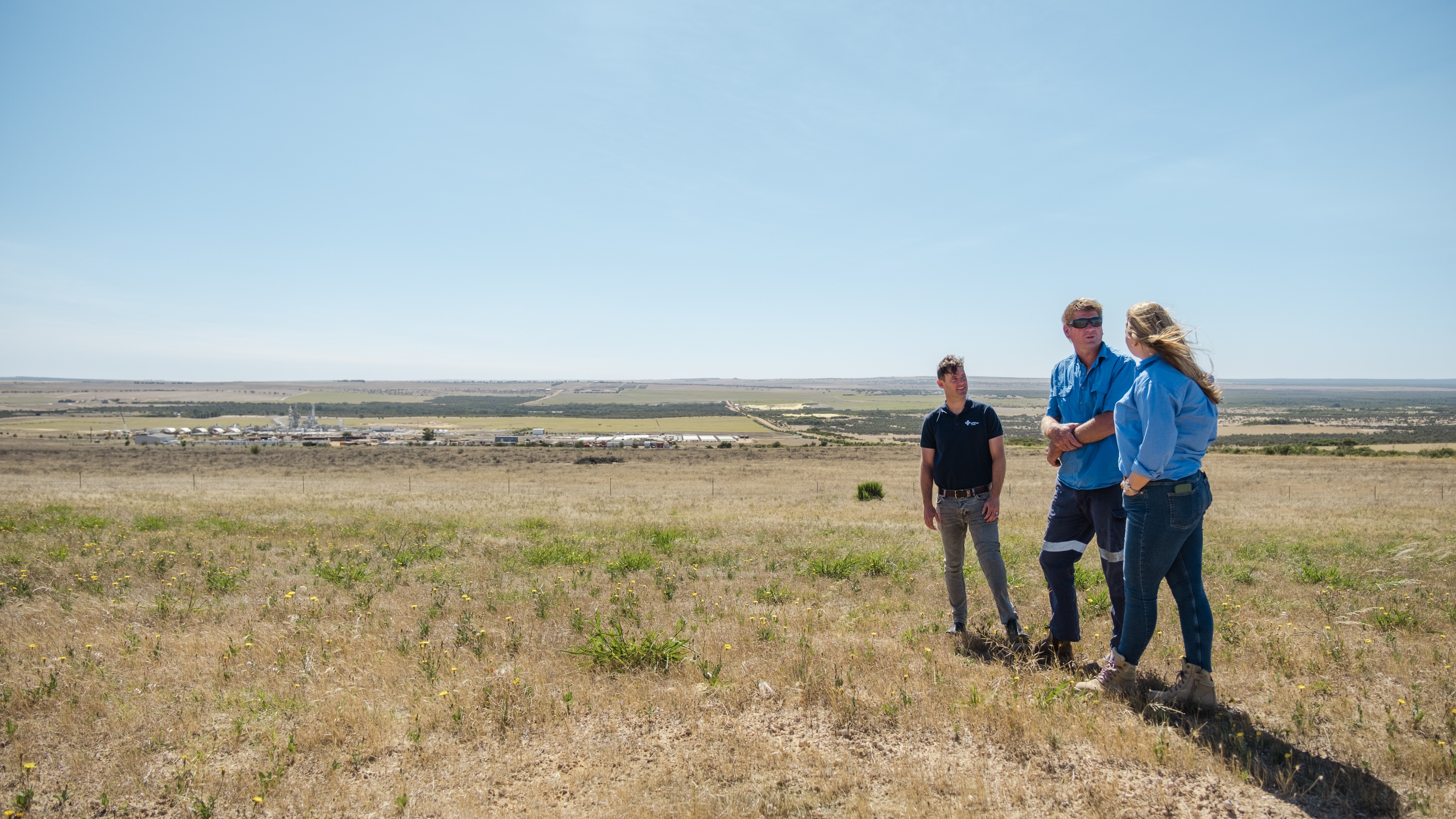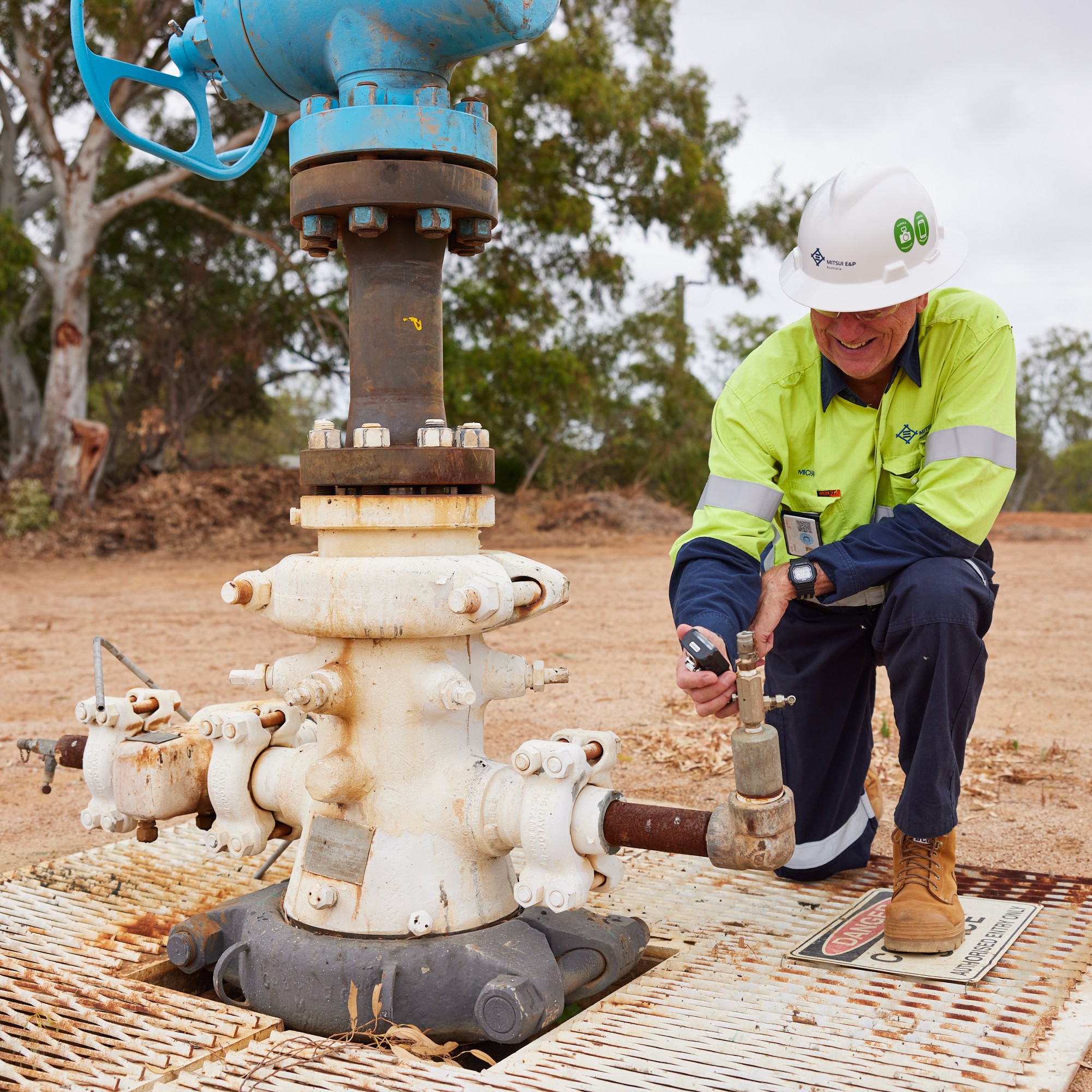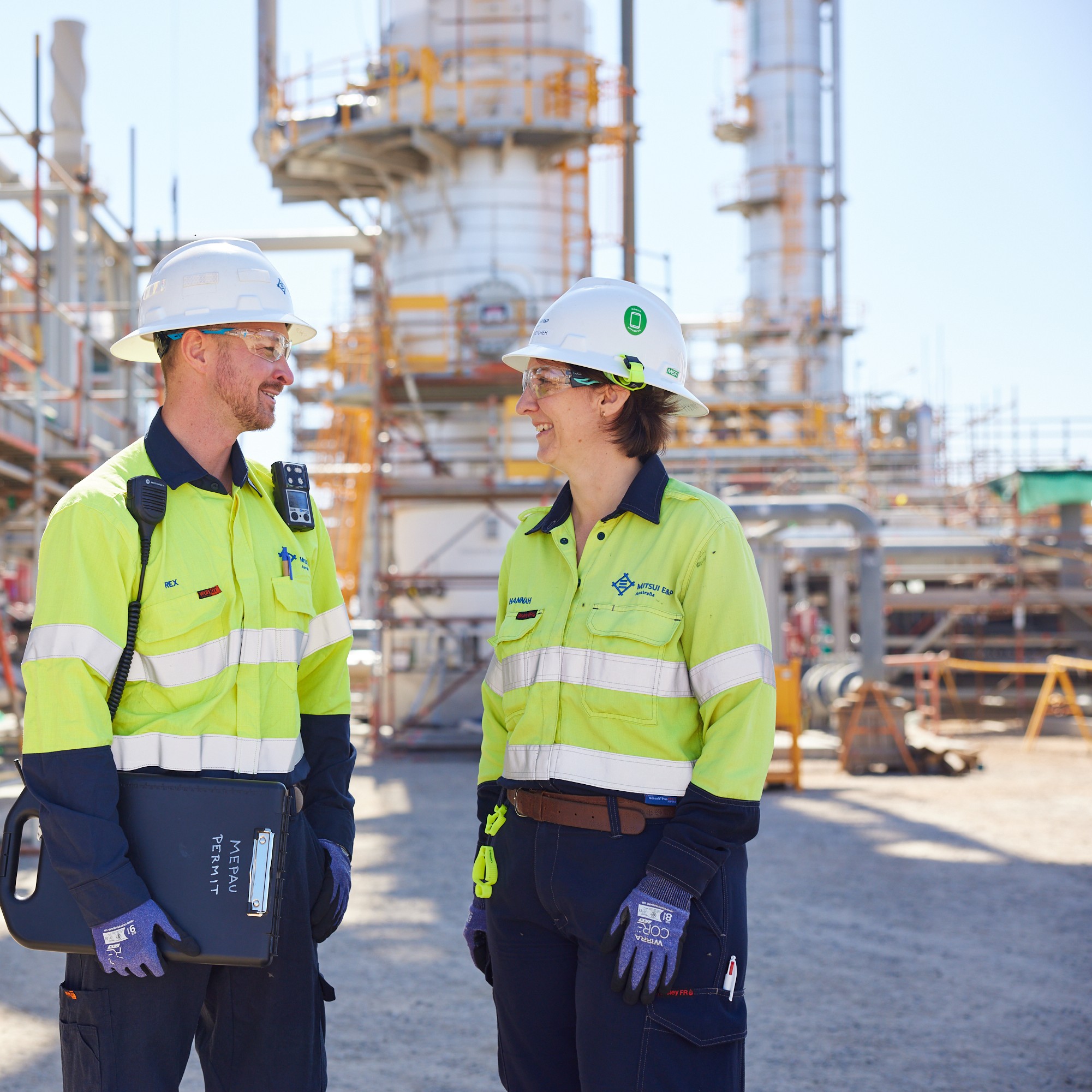Environment
Regulatory, environmental and social risks and impacts are assessed alongside commercial and technical considerations to inform impact assessments and decision making on MEPAU major projects and managing existing Operations.
MEPAU is required to obtain a number of regulatory approvals before the commencement of projects and in order to carry out any operations. The key government departments that assess the environmental impacts of our activities are the Department of Energy, Mining, Industry Regulation and Safety (DEMIRS) and the Department of Water and Environmental Regulation (DWER).
We also consult with stakeholders and subject matter experts to help develop our plans and inform our approach.




